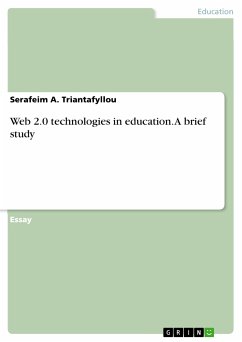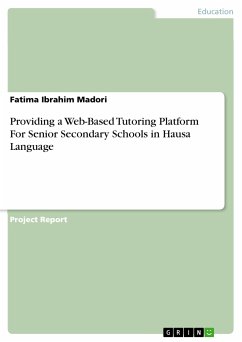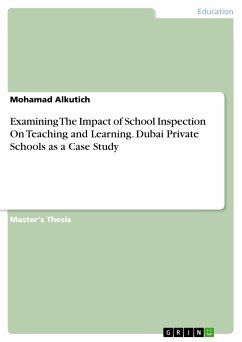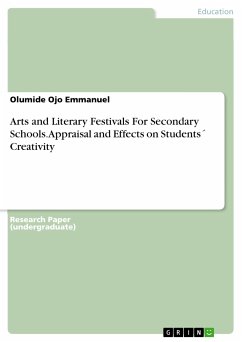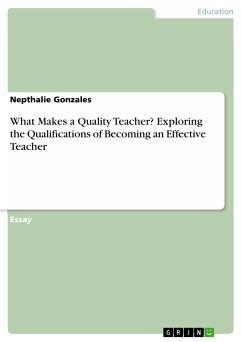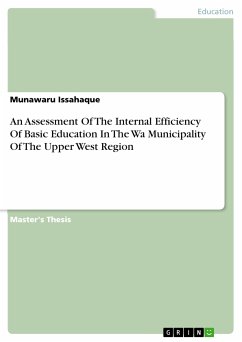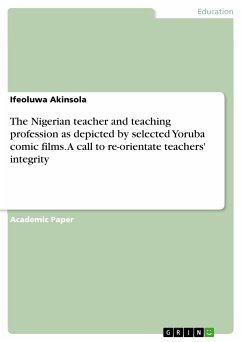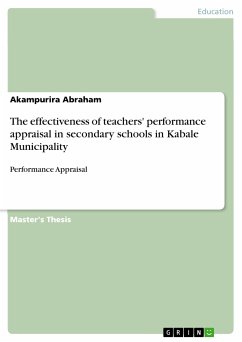Essay from the year 2014 in the subject Didactics - E-Learning, grade: 10, University of Macedonia, language: English, abstract: This study investigates the second generation of the World Wide Web, called Web 2.0. The revolution of Web 2.0 over Web 1.0 was that it allowed Internet users not to be passive recipients. who simply read the digital content of a web page, but enabled them to add digital content, share information, and collaborate online. The blast of Web 2.0 is therefore largely based on the electronic sharing of knowledge and information. In this paper the basic features of Web 2.0, its basic services, functions and tools will be firstly described. Next, concepts such as social networking services and social networks will be analyzed and the application of Web 2.0 in education, as well as the benefits it can bring will be studied. In conclusion, a summary of the possibilities of Web 2.0 is made and the advantages, disadvantages and its role in the educational process are presented through a critical point of view. One of the major differences between Web 2.0 and the traditional World Wide Web is the greater collaboration between Internet users and other users such as digital service providers and businesses. While Web 1.0 was software organized around pages, technologies, and businesses, Web 2.0 was organized around ordinary people and services. In the Web 1.0 era, internet users had the ability to read the digital content of a web page but could not create their own since the only person who could update the web page content was its webmaster. In other words, we would say that Web 1.0 was not oriented towards the creation of digital content by internet users.
Dieser Download kann aus rechtlichen Gründen nur mit Rechnungsadresse in A, B, BG, CY, CZ, D, DK, EW, E, FIN, F, GR, HR, H, IRL, I, LT, L, LR, M, NL, PL, P, R, S, SLO, SK ausgeliefert werden.

